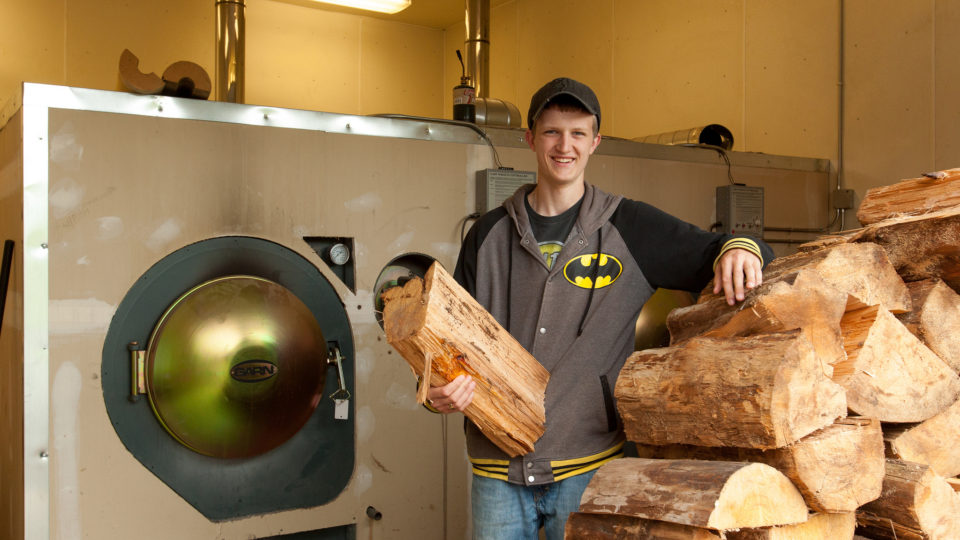A team led by the University of Illinois has been pursuing a project called Realizing Increased Photosynthetic Efficiency or RIPE, which has the aim of improving photosynthesis in order to provide farmers with higher-yielding crops in an increasingly challenging climate. Photosynthesis is the natural, sunlight-powered process that plants use to convert carbon dioxide into sugars that fuel growth, development, and for us, crop yield.
If we think of photosynthesis as a factory line composed of multiple machines, the growth of plants is limited by the slowest machines in the line. The RIPE project has identified some steps in photosynthesis that are slower than others and are attempting to enable plants to build more machines to speed up those slower steps.
The researchers modeled a total of 170 steps in the process of photosynthesis to identify how plants could manufacture sugars more efficiently. In the study, the team increased crop growth by 27% by resolving two constraints: one in the first part of photosynthesis where plants turn light energy into chemical energy and one in the second part when carbon dioxide is turned into sugars.
The researchers effectively hacked photosynthesis by adding a more efficient transport protein from algae to enhance the energy conversion process.
In the greenhouse, these changes improved crop productivity by 52%, but in field trials, which are a more important test, these photosynthetic hacks boosted crop production by 27%.
Ultimately, the team hopes to translate these discoveries to a series of staple food crops, such as cassava, cowpea, corn, soybean and rice, which are needed to feed the world’s growing population this century.
**********
Web Links
Photosynthetic hacks can boost crop yield, conserve water
Photo, posted June 14, 2017, courtesy of Alex Holyoake via Flickr.
Earth Wise is a production of WAMC Northeast Public Radio.

